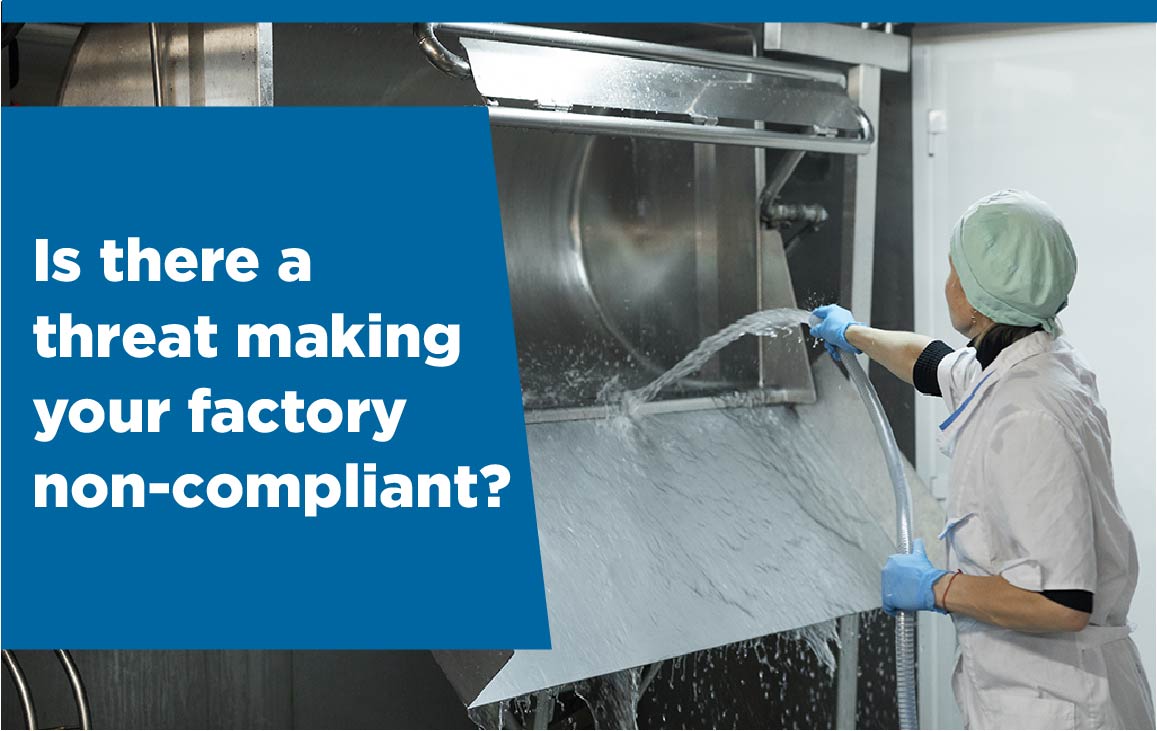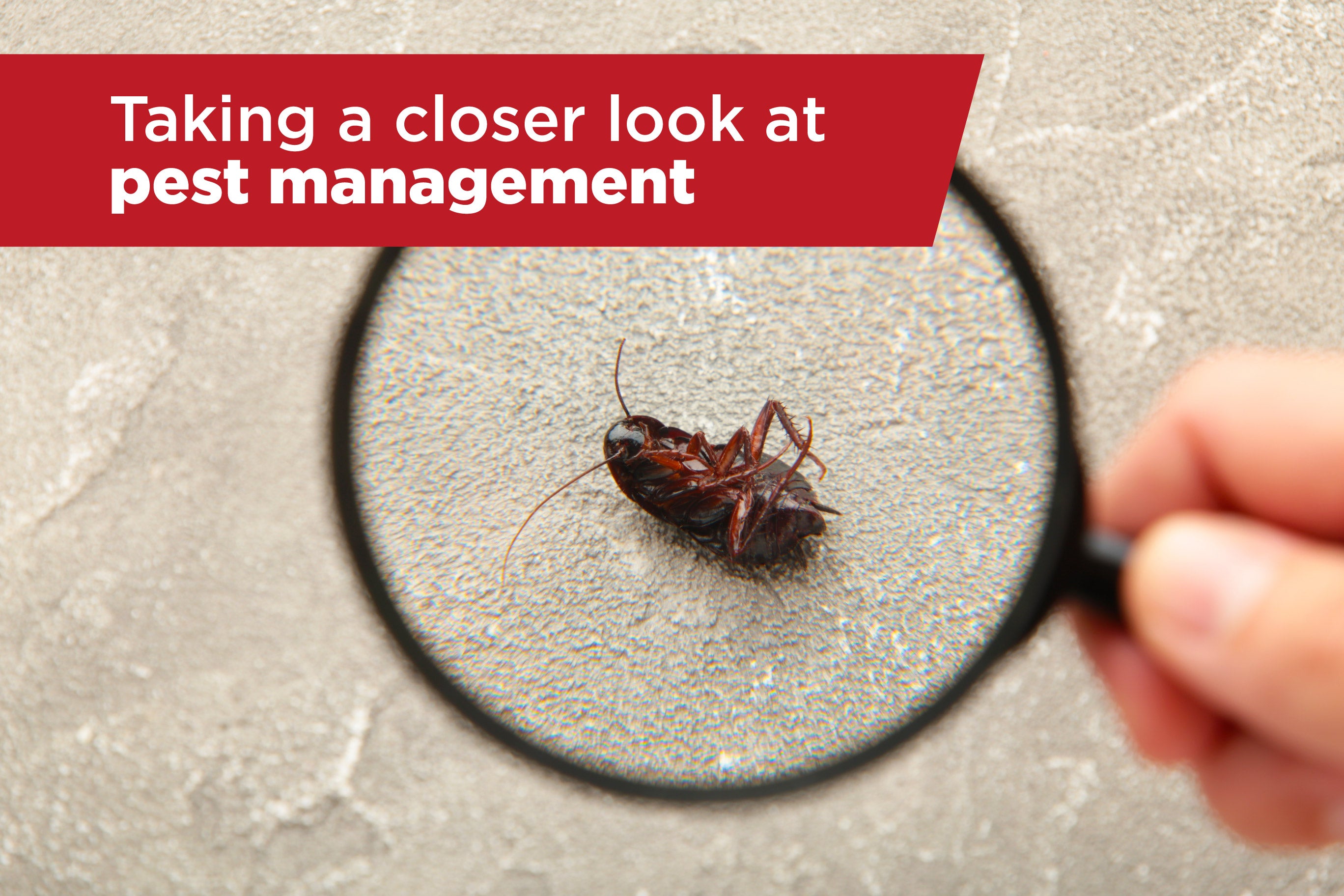
It is often said that ‘the devil is in the detail’ and nowhere is that truer than in the hygiene-critical sectors, such as food or pharmaceutical production. The tiniest microbe can quickly multiply and become a huge bacterial issue.
But whilst the details cannot be overlooked, when planning, refurbishing or reconfiguring a hygienic facility, taking a big picture view from the outset is vital to create a hygienic culture that permeates your whole business.
1. Take a 360° view
Poor communication can kill a project. When planning a new facility or introducing new equipment to the manufacturing space, it’s essential that the needs of every area of the business are communicated and included. A collaborative approach from engineering or purchasing departments can benefit from the experience and insight of other in-house specialists.
The cost of labour-intensive and essential activities, such as cleaning, need to be considered. Will any new furniture or equipment increase or reduce that cost? Will the proposed new equipment eliminate or minimise the existing hygiene risks, or could they generate new problems? How complex is the access needed to conduct microbe tests?
By actively seeking the input of every department – such as stores management, production, finance, health and safety, technical and HR - specifiers can fully assess the risks and rewards of the planned investment and generate a robust project plan that addresses the needs of the entire business.
2. Corrosion resistance
‘Hygienic furniture’ is an annoyingly ‘catch-all’ phrase. But what does it actually mean? For audit requirements, it should mean equipment that is easy to clean, can withstand the chemicals used in cleaning processes and minimise the risk of bacterial growth.
Cheaper steels, such as mild steel or 430 stainless steel, can decay over time due to the corrosive nature of cleaning agents and chemicals in certain ingredients. Corrosion not only compromises the structural integrity of furniture and equipment but can also lead to contamination of ingredients and materials. 304-grade stainless steel’s inherent robustness ensures it can withstand harsh cleaning regimes and remain free from rust, preserving the hygienic integrity of the production process. In addition, 304-grade and 316-grade stainless steel’s smooth, non-porous surfaces prevent the accumulation of microorganisms and biofilms, reducing the potential for pathogenic growth.
3. Good design for good hygiene
Design and manufacture go hand in hand. Good hygienic design principles can aid with reducing risk and providing a production benefit. There are several key areas where hygienic design can remove unnecessary risks and aid productivity, such as:
Easy clean design
If furniture is manufactured with dirt harbourage points, such as ledges, hidden corners, poor welds or hard to reach areas, it will inevitably be harder and more time consuming to clean. A dedicated hygiene team will always be best practice, but introducing time savers such as easy maintenance and sleek design will help minimise risk and aid productivity.
Smart liquid management
Managing microbes such as listeria means paying attention to any areas where liquids can pool, such as drains and boot washers. This also applies to any flat surface or ledge where pooling can occur or areas with regular spillage risks. In these use cases, look for furniture with sloping surfaces or internal drainage points which can avoid unnecessary pooling and reduce hygiene risks.
Simplified construction
When it comes to clean down times, the easier to clean the better. Fiddly components or hard to reach areas will extend the clean down process and cut into valuable production time.
Every piece of equipment needs to be able to hold its own, enabling efficient and effective clean downs. It’s vital to select kit that is ‘perfect for purpose’ and by that we mean purposely designed to fit in with your processes.
4. Washdown flow
Ineffective washdown flow is not only a major time stealer but can have a dangerous impact on microbe management. Cleaning and washdown flow should always be included from the start of the project plan.
For example, when using a dedicated washdown area, having a clear route for staff to follow between production and washroom areas can avoid unnecessary cross-contamination and time-wasting. Having dedicated used equipment storage and best practice logging processes in place can make the clean up following each shift easier to manage and reduce contamination risks.
If operating ‘cleaning in place’ will you have the right tools and equipment to complement full washdown for your equipment and machinery? Will operators be able to safely access all areas?
By asking tough questions and planning and investing up front in smart cleaning processes that actively support a hygienic approach, there is an opportunity to make meaningful savings on your production and cleaning costs. Investing in good, hygienically designed furniture from the start may seem like a huge investment, but the saving on time and money will result in greater profitability in the long run.
Look at the big picture: all the small details add up to bring huge business benefits
Contact Teknomek today on +44 (0)1603 788 833 to discuss how our stainless steel solutions can help you create a risk-free production environment, ensuring the safety and quality of your products and assisting you in staying audit-ready every day.





